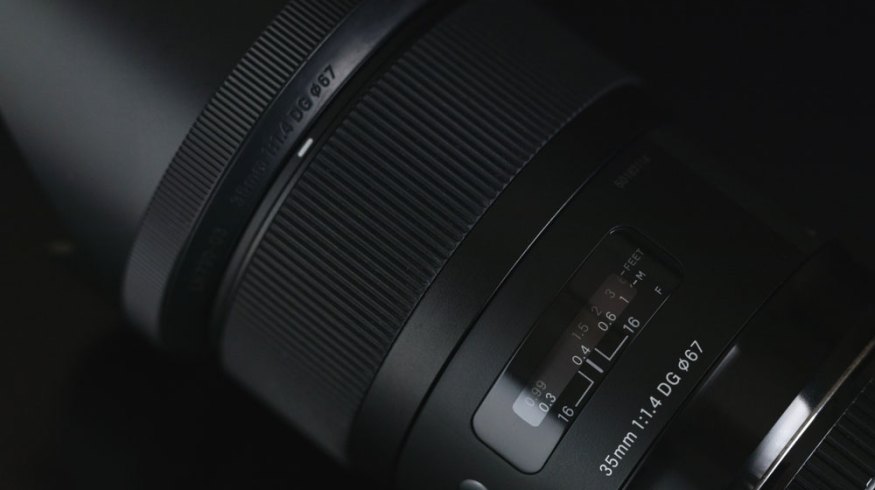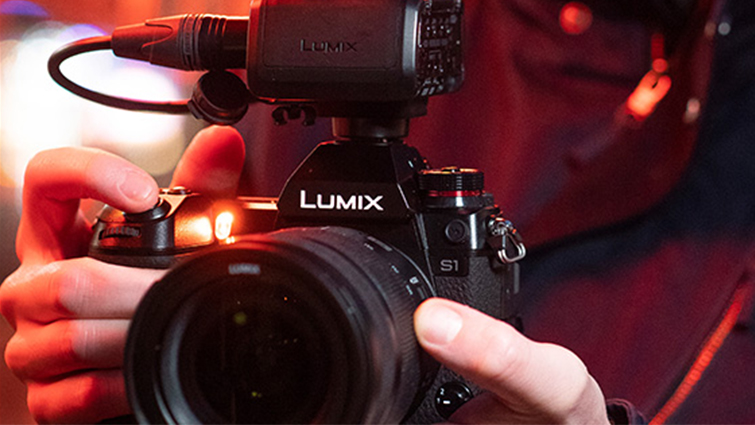
Big New Panasonic Firmware Update for Mirrorless Cameras
Let’s take a look at what the firmware update provides for users of some of Panasonic’s most popular, well-regarded cameras.
Panasonic just rolled out a pretty big firmware update for some of its biggest mirrorless cameras. The update brings new fixes and features to the S1 and S1R, GH5 and GH5S, with the biggest update for video coming to the G9.
The update was released at the end of November, and can be found here.
G9
Perhaps some of the biggest news from the update comes from the G9 getting a 10-bit 4:2:2 internal recording mode. Previously, even the HDMI out feed maxed out at 8-bit 4:2:0. This is a rather unexpected change, given that the camera is almost two years old at this point.
Ten-bit internal recording is supported for 30p/25p, but it looks like 24p isn’t available yet. And, 60p/50p at 10-bit are supported for external recording through the HDMI port.
The increase in quality for this camera is huge.
Other than the color depth increase, the G9 is also getting the GH5’s Variable Frame Rate (VFR) recording up to 180 fps in 1080, and 60 fps at 4K. Some of the other highlights for video updates are a new HDR mode and ability to install V-Log L via the Panasonic Software key.
The G9 has definitely become one of the better camera deals for low-budget and independent video creators with this update. The G9s are reliably under $1,000, and can be found used for as low as $700 or so.
S1 and S1R

One of the S1’s new features is the increased support for CFExpress Type B cards. (Image via Panasonic.)
Panasonic’s flagship mirrorless cameras also received some pretty big changes, as well.
One of the biggest new features is the expanded support for CFExpress Type B cards. These cards have data write speeds of up to 1000 MB/s and read speeds of 1750 MB/s. These speeds can easily handle raw 4K video, which has many wondering if internal raw recording is on the horizon for the S1 and S1R.
Panasonic has already developed raw recording for the S1H with Atomos to be released in early 2020. So, it’s not entirely implausible to see similar features come to the other S1 cameras.
Beyond the theoretical, CFExpress Type B is speedy and tough. Added support is a big plus for the S1 and S1H.
Lenses

The new lenses’ capabilities include assigning camera functions to the lens buttons. (Image via Panasonic.)
The new update also adds extra functionality to the Sigma L-Mount and the Lumix S Pro 70-200 2.8 lenses. Users may now assign camera functions to the lens buttons. Additionally, Body Image Stabilization has been enhanced when using the Sigma MC-2 converter to suppress roll movement.
Several changes have been made to V-Log recording. Previously when shooting in V-Log, there was an issue that caused clipping blue highlights to shift to green. There were also afterimage issues that caused ghosting. Both of these problems have been remedied in this patch.
Several other changes worth mentioning:
- Exposure can now be set manually in high-speed video.
- Improved Auto Focus performance.
- Auto+Manual focus may be used in AFC.
- Stopping any physical operation may be assigned to a FN button.
GH5 and GH5S
The GH5 and 5S have had a few updates, as well.
The biggest improvements for these cameras are in their new Auto Focus modes. Users may now select Near or Far Shift while using AF. Near Shift prioritizes objects closer to the camera where Far Shift does the opposite. These changes could be a big benefit to shooters working with complex or busy frames.
For example, if shooting an interview in front of a crowd in the background, setting the AF to Near Shift will help the camera to prioritize the subject closer to the lens, rather than shifting between the subject and busy background. The subject of focus can now be changed by clicking on it via the joystick on the back of the camera.
Focus Peaking has also been added to AF modes, which will help to ensure the camera is focusing on exactly what you want it to. Continuous AF can also now be set from the live view screen while shooting video.
This update has some pretty great additions and improvements for all of the cameras it supports. New AF functionality, new media options, new FN button options, VFR recording, and most of all — new 10-bit recording modes make this a must-install for any users of these cameras.
Top image by Davorin Baloh.
Looking for more insight on cameras and gear? Check these out.







